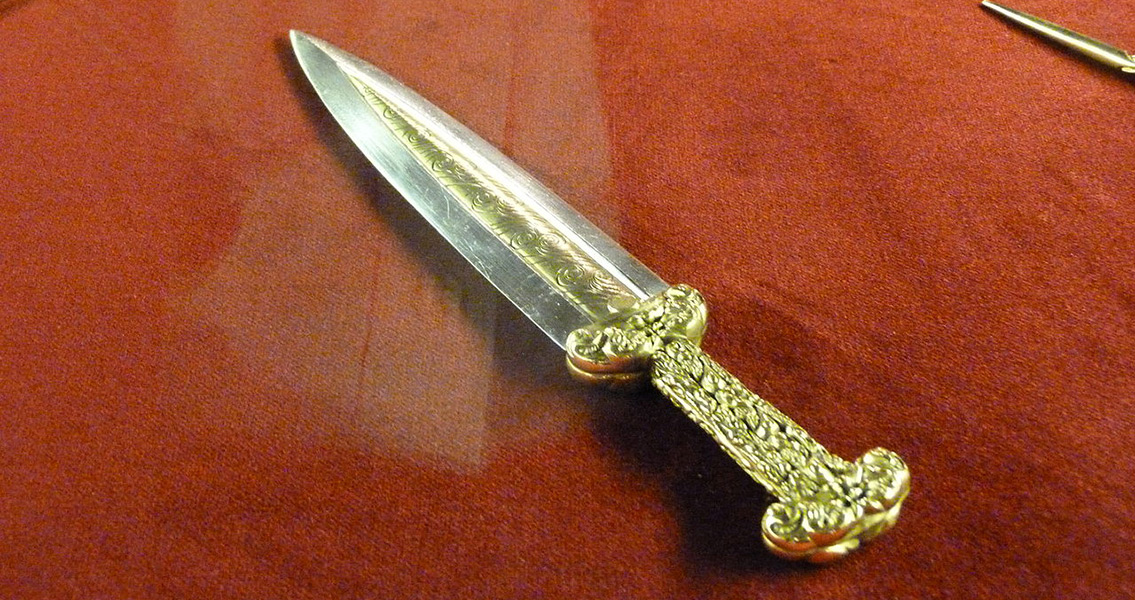<![CDATA[The tomb of what was probably a local Scythian king has been unearthed near the Altai mountains, in southern Russia. The site contained the body of the ruler wrapped in a gold-plated coat, as well as the remains of his horse and other artefacts, including an iron sword, called an akinak, a bronze knife, and a few other iron objects, the Daily Mail reports. According to the archaeologists working on the dig, the lamb bones also found at the site were probably from the meal at the funeral of the ruler. Lead researcher Alexander Kazakov told media that what makes the burial mound particularly valuable for science is the fact that it contains evidence of the burial rituals of the Scythians – an aspect of their culture that little is known about. What is known, however, is that they were buried with their riches and their entire households. The presence of the horse in the mound (Scythian tombs are called kurgans) is further evidence of the importance of these animals for the Scythians. The tomb dates back about 2,500 years, reports Ancient Origins, which means the local ruler buried in it lived in the later years of the Scythian civilisation. The Scythians emerged around the ninth century BCE, a nomadic people whose kingdoms stretched from Iran to what is now Eastern Europe. According to some sources, cited by the Daily Mail, they have survived into the current era, but others assume that after coming into contact with the Greeks they had become completely assimilated by the second century BCE. The most informative discoveries with relation to the Scythian culture have been made in southern Russia and the Crimean Peninsula. It is from these discoveries, of kurgans, that researchers have learned about the Scythians' love for precious metals and jewellery, also evident in this latest discovery. Although much of the site had suffered from farming activity over it, the gold flecks that adorned the burial cloak of the tomb's occupant have remained. This love for jewellery developed after the Scythians began to settle down in kingdoms and establish extensive trade relations with the Greek city states. This trade made their rulers very rich, a fact they apparently liked to demonstrate A few months ago, New Historian reported another big Scythian find, this time in Stavropol, also in southern Russia, which consisted of several vessels made from solid gold. The kurgan in which they were found was dated to the fourth-fifth century BCE, which is significantly earlier than all the other kurgans discovered so far. Kurgans are the only physical evidence of Scythian settlements and are therefore the main source of information about this civilisation. Earlier this month, ZME Science reported another kurgan find, of a Scythian woman warrior, a high-class member of the Sarmatian people. Scythian women fought alongside men, and this lady’s status was evidenced by over a hundred arrowheads, several knives, a sword, and a horse harness. The tomb also contained considerable amounts of gold and silver, further confirming that its occupant was a noblewoman. Image courtesy of Wikimedia Commons user: Derzsi Elekes Andor]]>
Scythian King's Tomb Found in Altai
